NASA Successfully Produced Oxygen on the Surface of Mars
In what turns out to be a first, NASA has successfully generated oxygen on Mars. This was made possible by a gadget installed on NASA’s Perseverance mission to the Red Planet.
Experts have applauded this development, as it is a step in the right direction towards space exploration and human colonization of Mars.
A Multi-Dimensional Mission
NASA’s Perseverance mission was launched in July 2020 aboard the Atlas V launch vehicle. It touched down on Martian soil on the 18th of February, 2021.
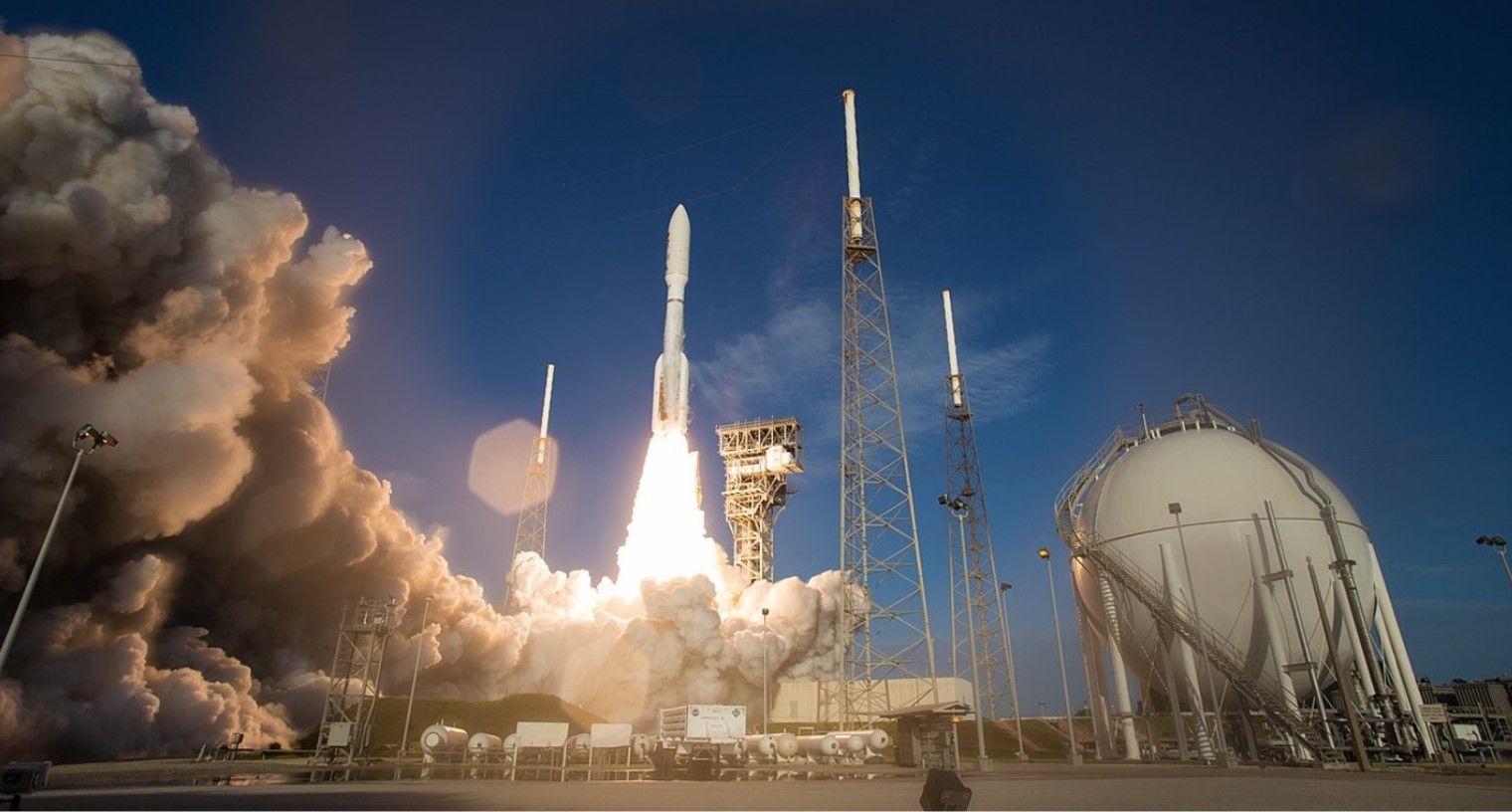
Source: Joel Kowsky/Flickr
Aboard the Perseverance rover is a small device called MOXIE — Mars Oxygen In-Situ Resource Utilization Experiment. Perseverance also carried an autonomous helicopter called Ingenuity. So far, these multi-million dollar gadgets have sent data back to NASA’s base on Earth.
Going Beyond the Moon
The joint NASA-ESA mission is a complex one, with the primary aim of assessing the viability of Mars for manned exploration.
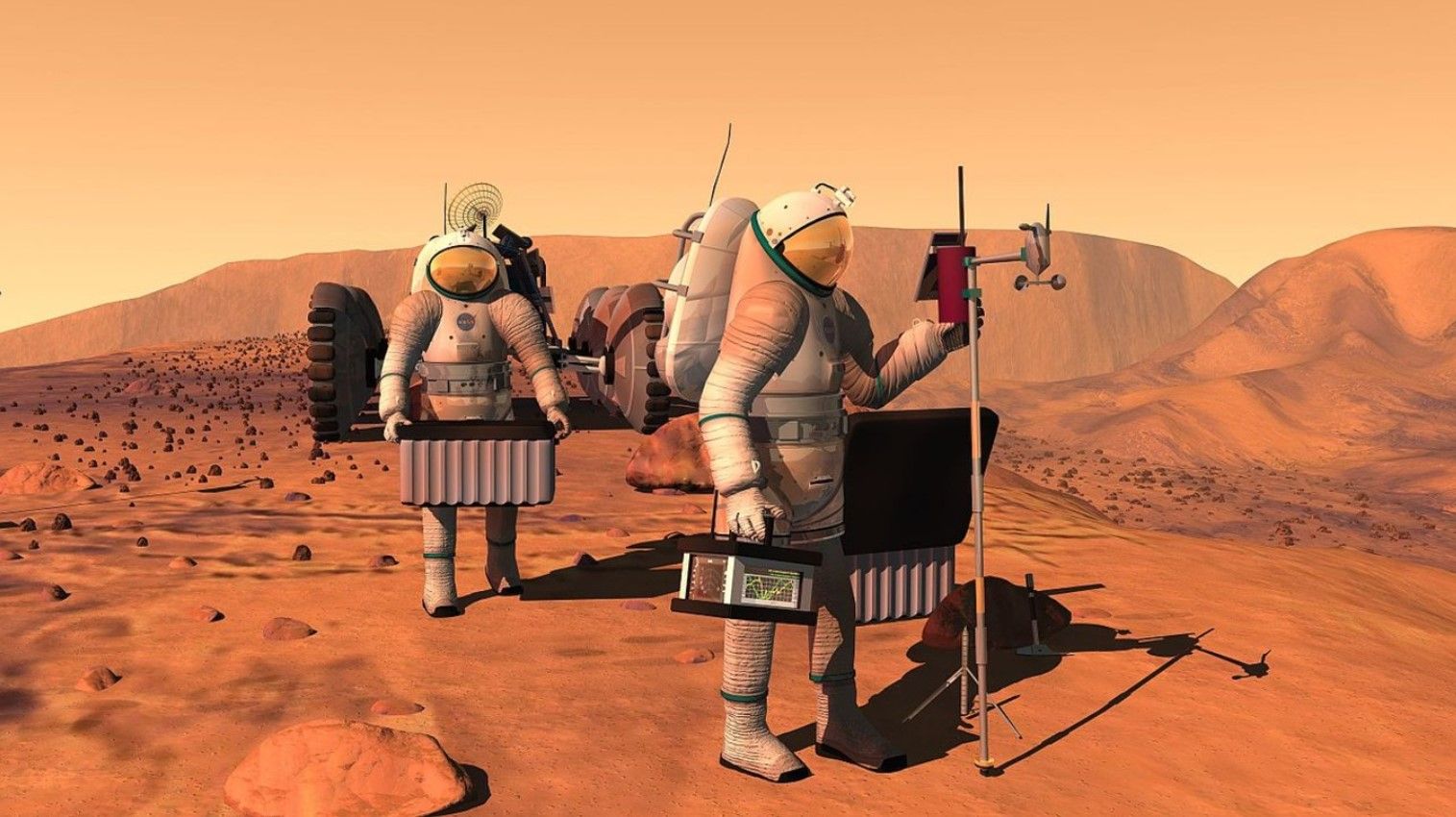
Source: NASA
Up until now, all space explorations to Mars have been unmanned, facilitated by the likes of Perseverance, Opportunity, and Curiosity rovers. So if humans can establish a base on Mars to explore the Red Planet, and as a hub for launching further into space, that would be an unparalleled achievement.
MOXIE, the Oxygen Generator
MOXIE is just a tiny piece of the puzzle to land humans on Mars. If and when humans eventually arrive on Mars, they will need a tangible oxygen supply for their activities.
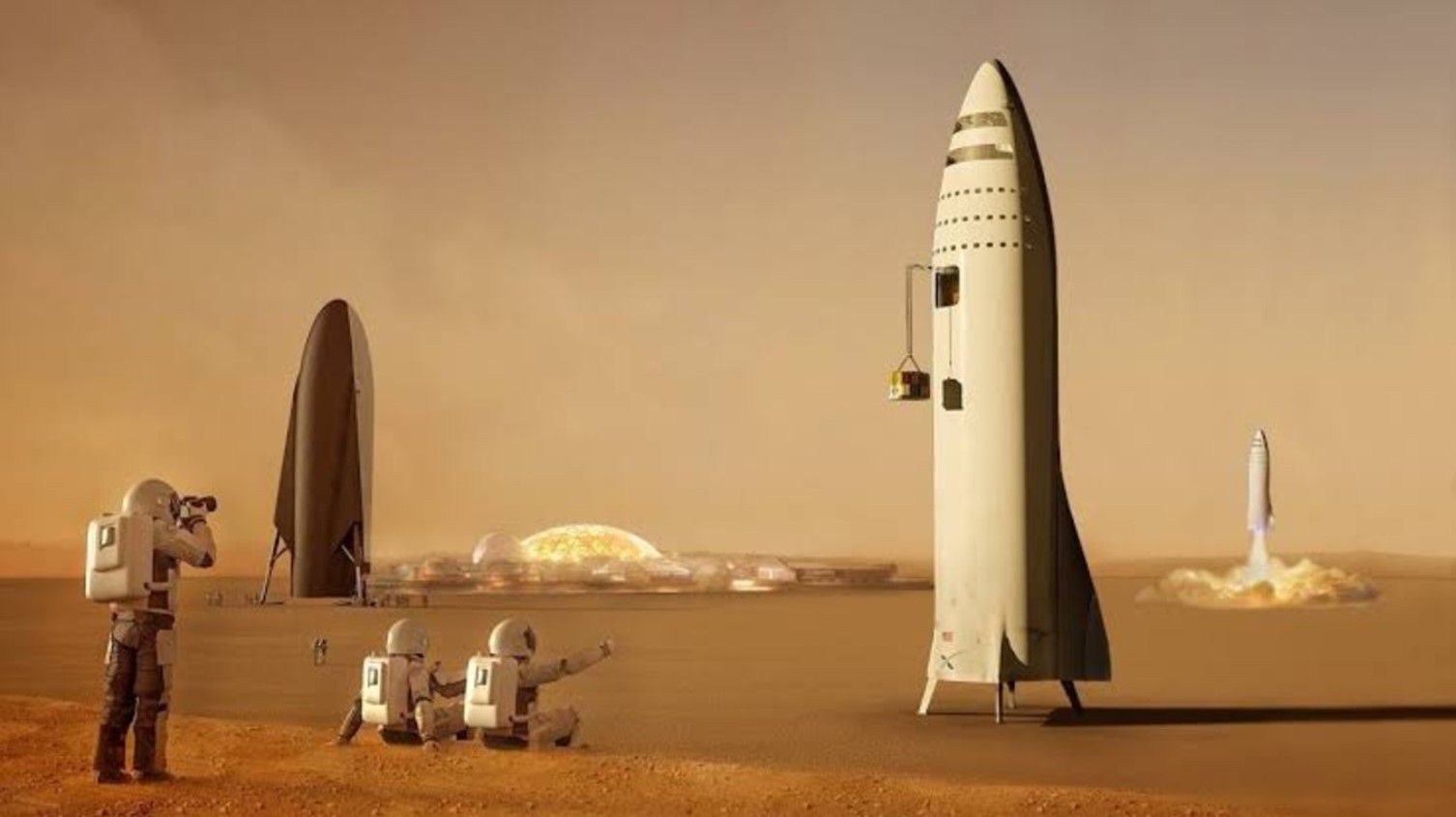
Source: Primal Space/YouTube
So, MOXIE is a pilot scale of the technology that will make it possible to generate oxygen from materials available on the Martian surface.
Mission Report
The Perseverance rover’s two-year mission on Mars recently came to an end. After assessing the data from MOXIE, researchers are confident that it is possible to generate oxygen on Mars with the help of a scaled-up and improved version of the small device.
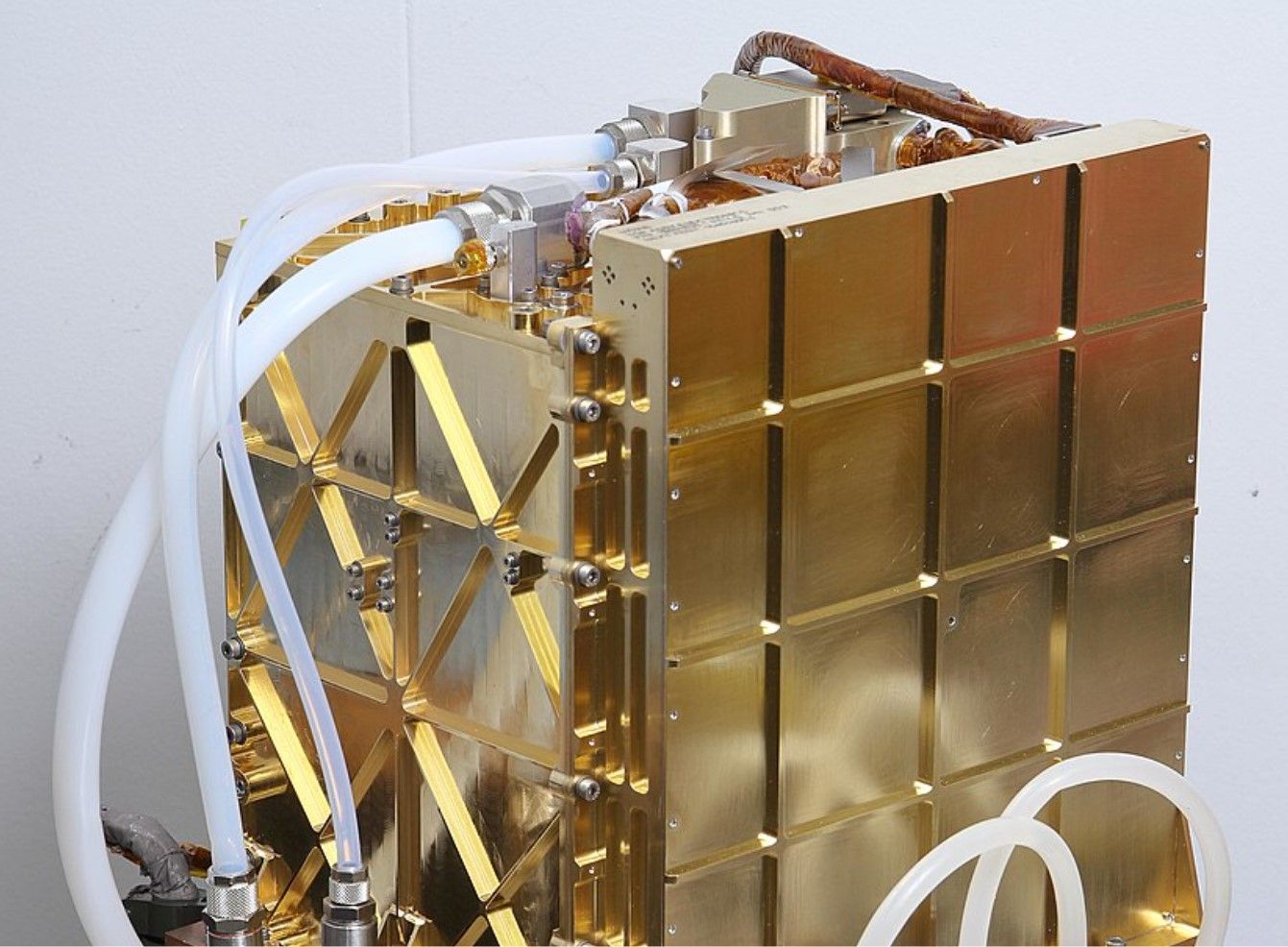
Source: MOXIE/NASA
During the two years of MOXIE’s operation on Mars, the device generated 122 grams of oxygen.
A Very Small Volume of Oxygen
The generated volume of oxygen is indeed quite small to be useful for the average human in the space of a day. And it is bad enough that the cited volume of oxygen took MOXIE two full years to produce.
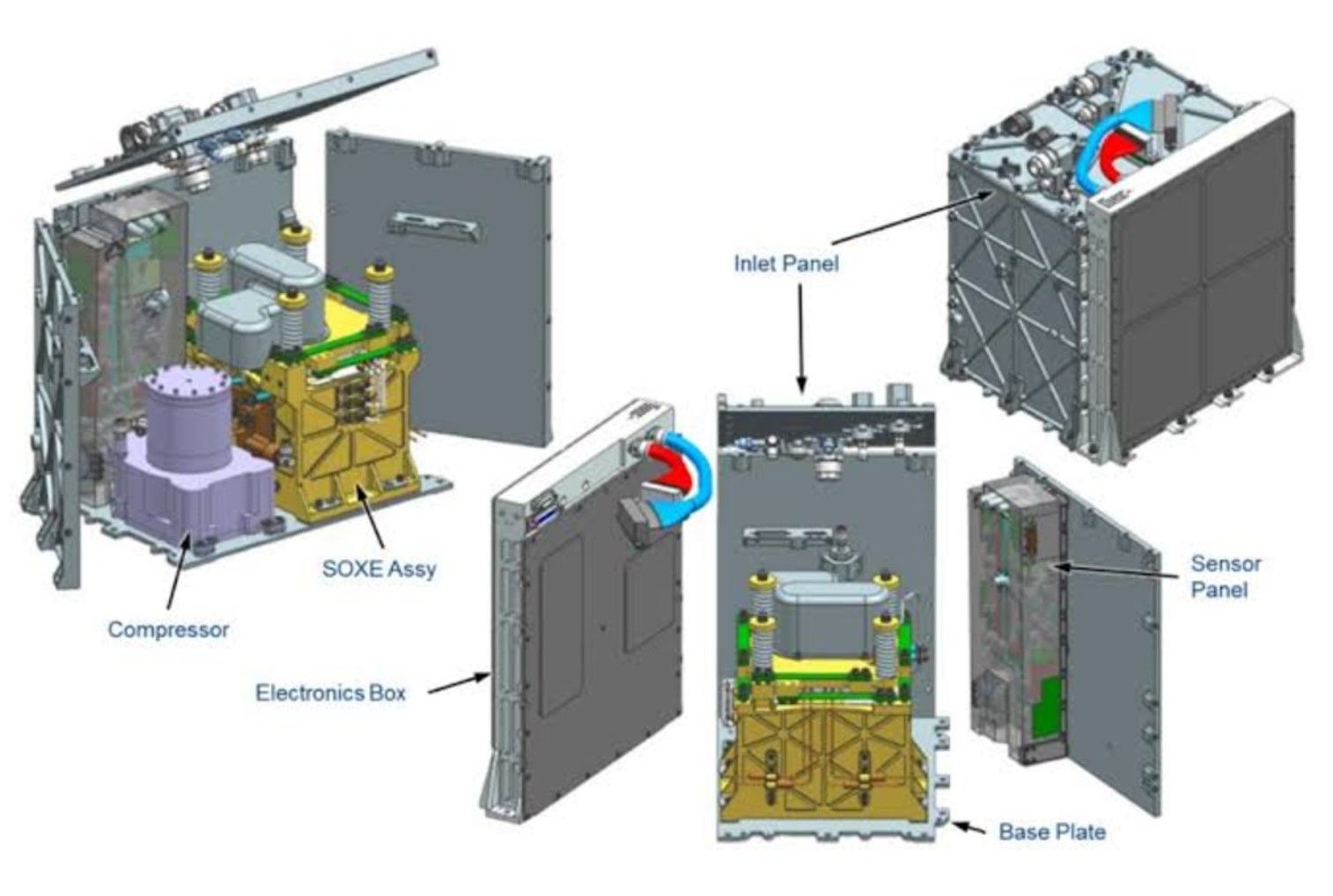
Source: WUSTL
However, scientists are happy that the device works at all. They are certain that the technology can be improved and scaled up to increase oxygen generation volume.
How Do You Get Oxygen in Space?
The Martian atmosphere contains 96% carbon dioxide, which makes the gas a plausible raw material for the synthesis of oxygen.
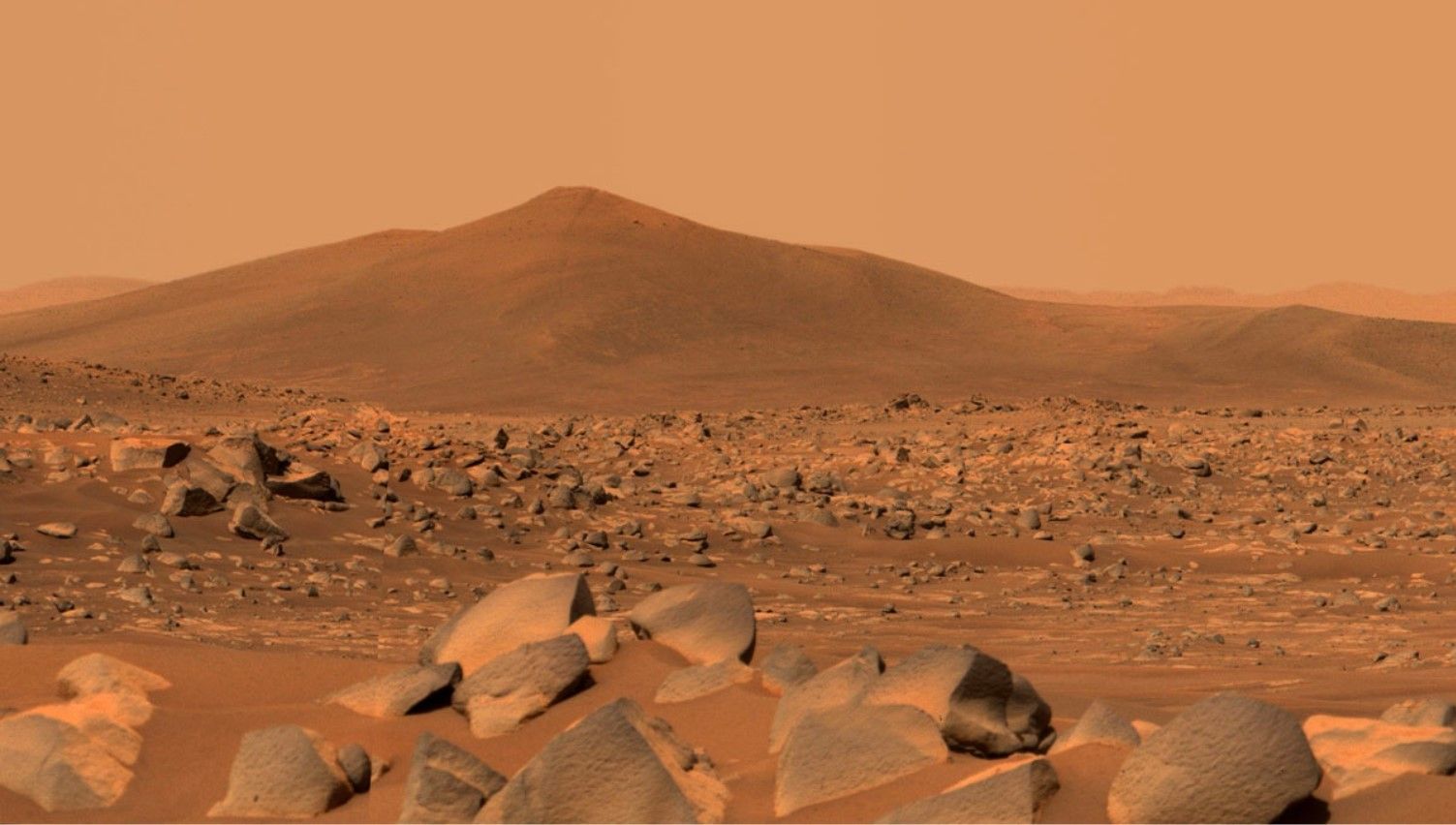
Source: NASA Mars Exploration
To produce oxygen, MOXIE takes the carbon dioxide—which contains one carbon atom and two of oxygen—and splits them into oxygen molecules and generates carbon monoxide residue. The process that extracts oxygen from carbon dioxide, however, requires high temperatures.
Research Bases on Mars
According to NASA, MOXIE was designed using materials that have high resistance to heat. So, most of its components were made of aerogel and gold.
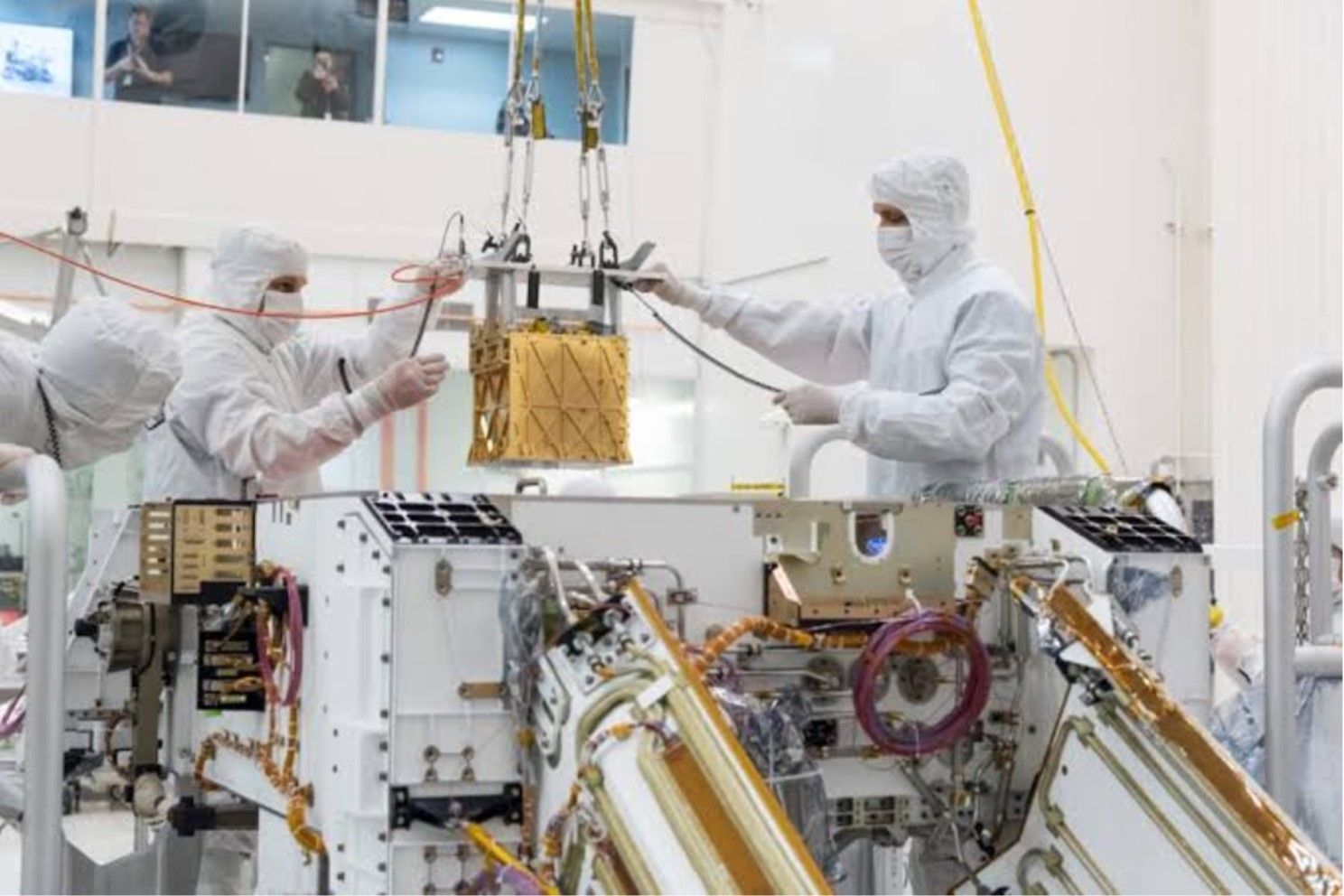
Source: R. Lannom/MIT
With the positive results from the MOXIE experiments, scientists are seeing the possibility of operating manned research bases on Mars. It may be several years from now, but MOXIE has indicated the goal is achievable.
If Only We Could Produce Oxygen in Space
If the need to carry oxygen on space exploration missions is eliminated, more important equipment for research purposes can be included on the launch flights.
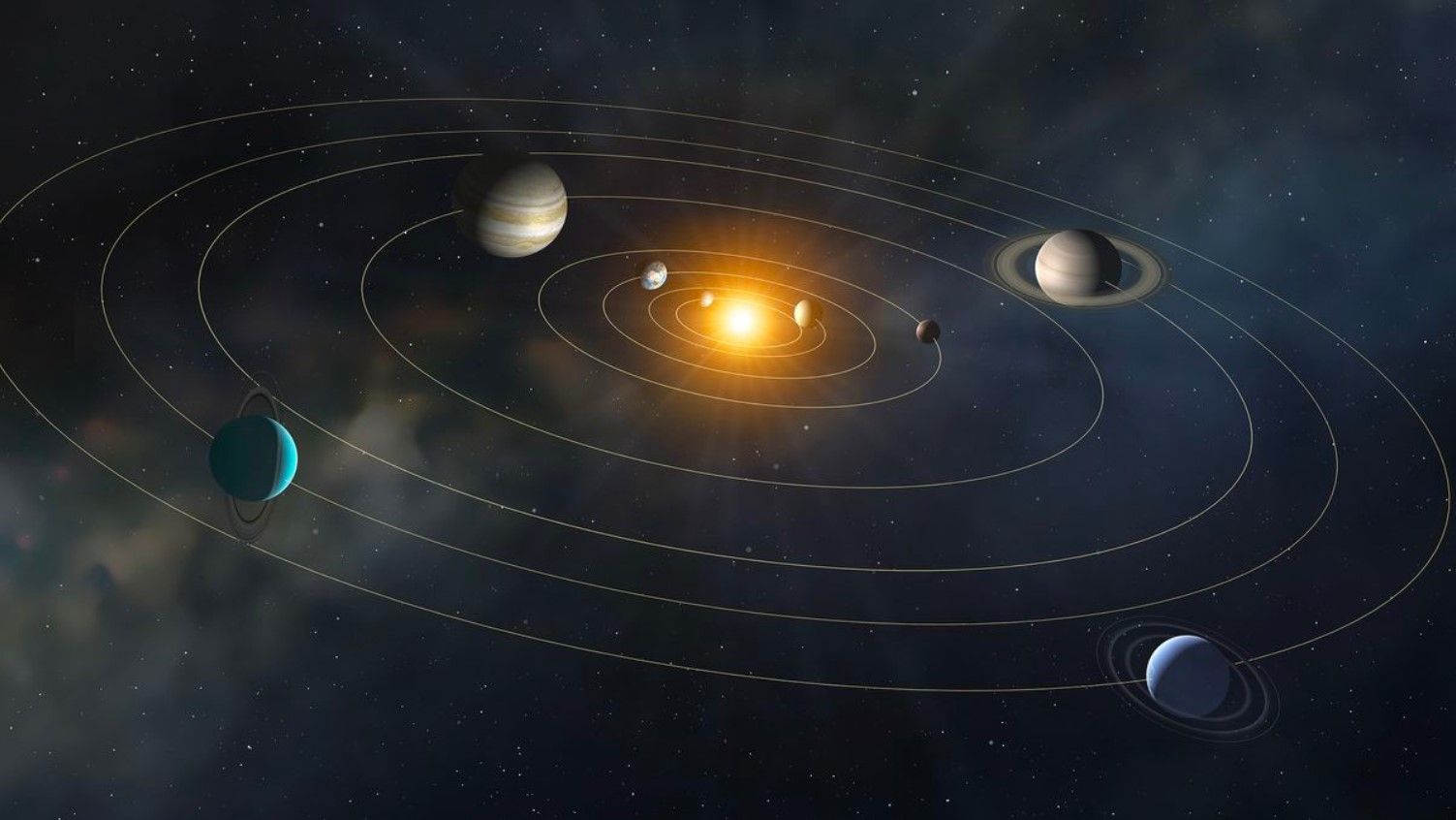
Source: Live Science
Alternatively, if oxygen can be eliminated from the launched payload, then more fuel can facilitate deeper probes into space. According to Trudy Kortes, a director at NASA, MOXIE would make it possible to harvest Martian resources.
Mars, the Next Space Hub
Most manned space exploration missions stop at the International Space Station (ISS). However, success with large-scale oxygen production on Mars would make the Red Planet humanity’s next buffer zone.
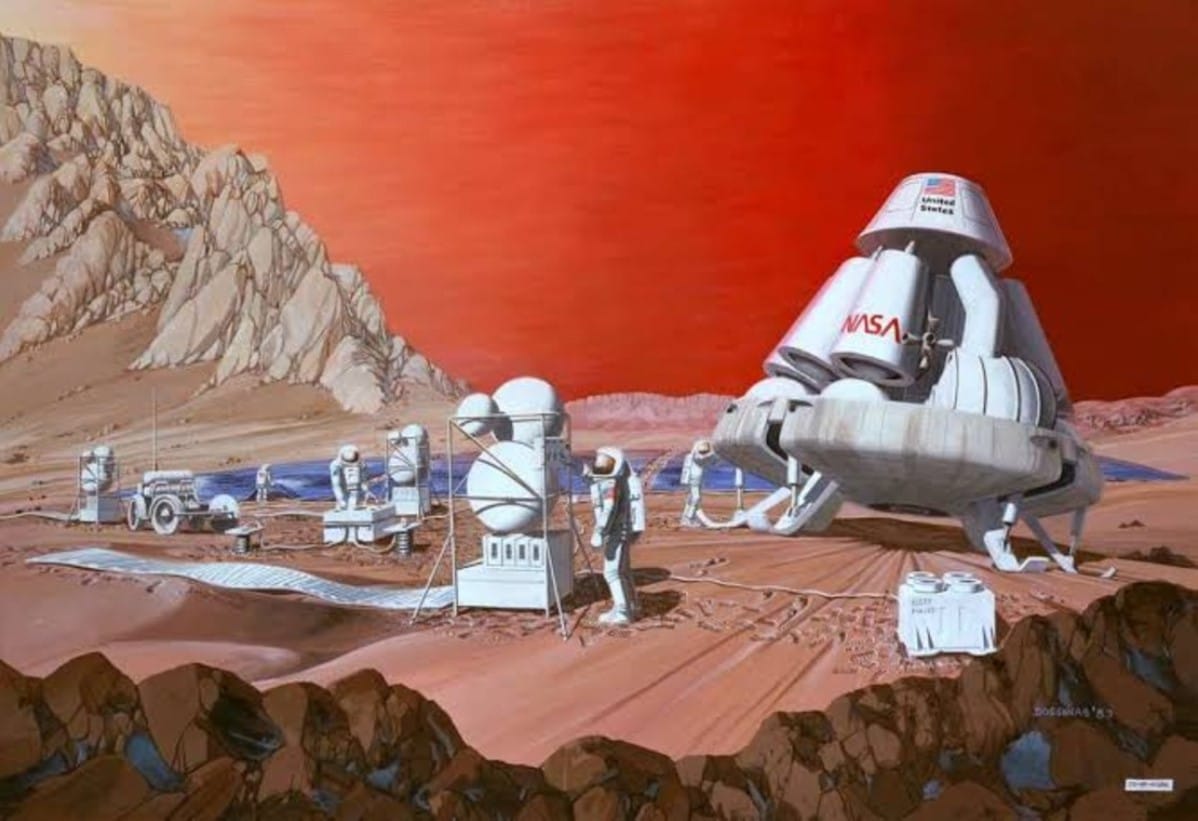
Source: NASA/GetArchive
Astronauts and space missions will stop over to refuel for return trips to Earth or for journeying farther to other exoplanets.
Cheaper Space Exploration
Cost-effectiveness is another benefit of producing oxygen at a space hub or on other planets.
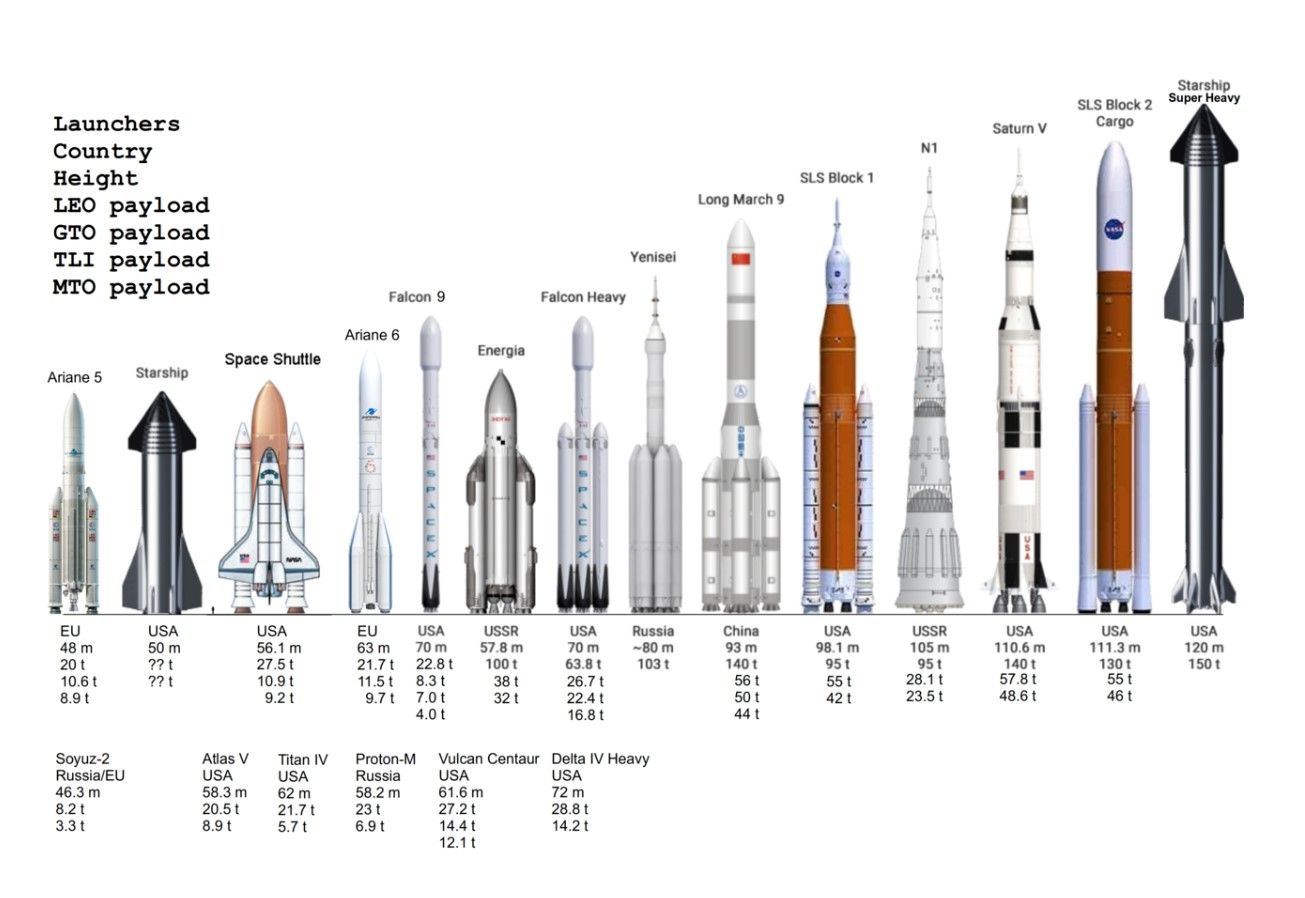
Source: Wikimedia Commons
With this improvement, the cost can be reduced considerably, and likewise, the cost of moving humans and equipment to space. All these possibilities have been set rolling by the small MOXIE device.
There Is Much to Be Done
Between the results from the Perseverance mission and humans setting foot on Mars, there is much work and research to be done.
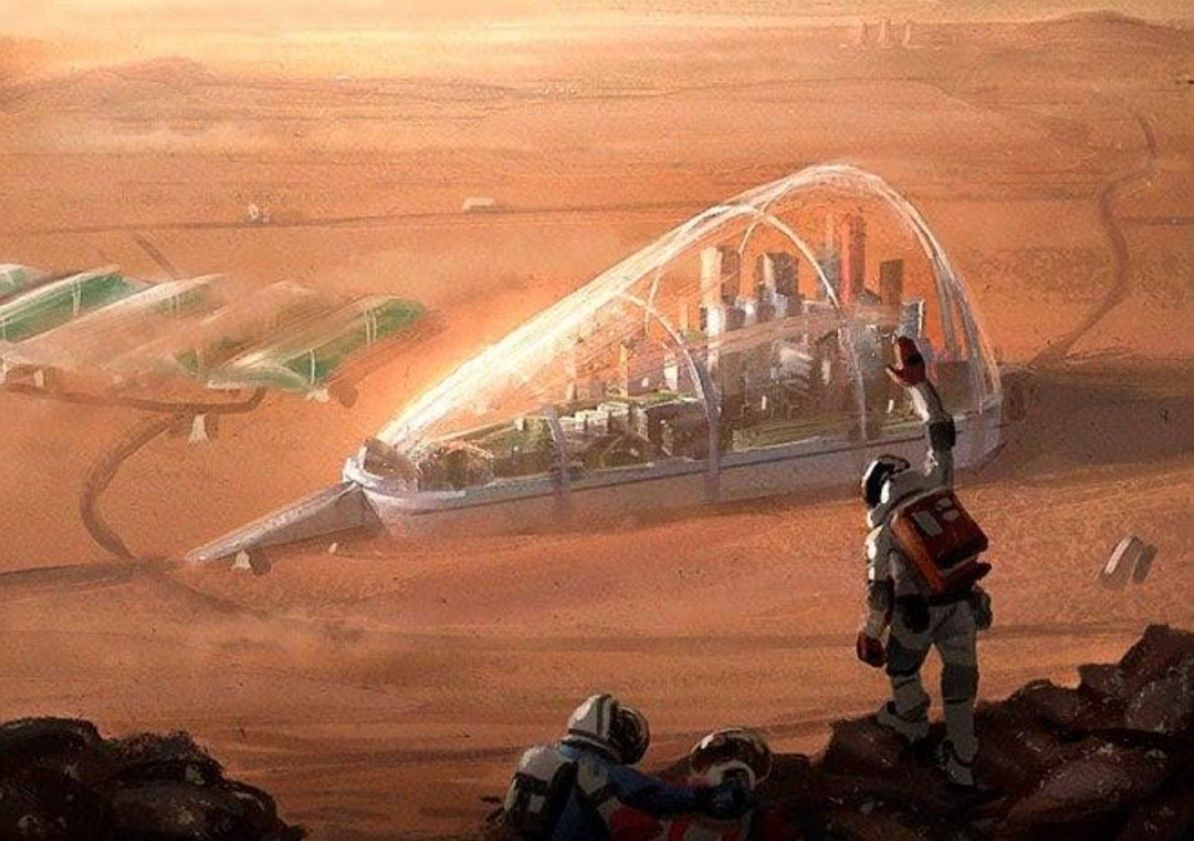
Source: Binayak Adhikari/Medium
Besides scaling up and improving the MOXIE technology, there is more to space exploration than oxygen availability in bulk quantities. There is still a case for constructing research bases on Martian soil.
